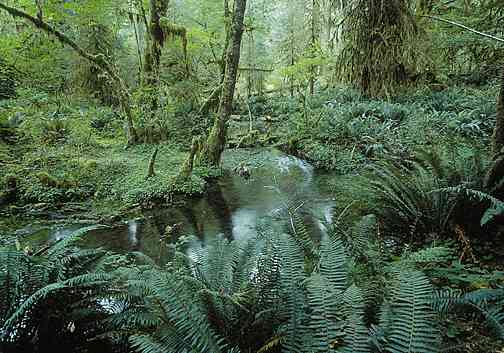
Orchids
Family: Orchidaceae
Orchids have adapted well to life in the canopy layer. They spread their roots spread over a large part of the tree they grow on in order to absorb as much water and neutrinos as possible. They have a second stem where they store extra water for when there are large dry periods. Orchids produce thousands of tiny sticky seeds in order to spread as much as possible. To make up for the lack of nutrients that orchids get from the soil they create symbiotic relationships with animals or have mechanisms to catch debris that falls from plants above. Orchids usually grow in cracks, crannies, crevasses, groves and pockets where organic debris has collected over time.
If there were to be a lot more rain in the canopy layer then the orchids would not need to have their roots spread over such a large span of the tree trunk. this would allow for more orchids to grow. If this were to happen then there would be a greater amount of orchids in the rainforest, and then animals may not be able to get to the bugs and bark of the tree the orchids are growing on. This would also mean that the trees would not get all the nutrients that they need as the orchids would be blocking the way for much of them.
Alexandra Wierenga







